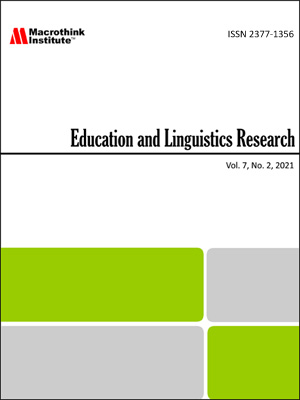A Psycholinguistic Study of Persuasive Strategies Used in the Farewell Sermon of Prophet Mohammed (PBUH)
DOI:
https://doi.org/10.5296/elr.v8i2.20003Abstract
This study looks into the persuasive strategies used in Prophet Mohammed’s final sermon (PBUH). The qualitative design was used in this study. The persuasive strategies theory was used in this study to analyze Prophet Mohammed’s final sermon. The analysis of this sermon revealed that it contains all three persuasive strategies: logos, pathos, and ethos. The results revealed that the frequency percentages for the selected strategies are as follows: logos 50%, pathos 40%, and ethos 10%. Furthermore, the sermon contains a variety of speech acts. This study is significant because the speaker is well-known, which piques the interest of many readers/listeners. Furthermore, the sermon is clear and full of logical sentences, which appeals to a wide range of readers, including politicians, speechmakers, and researchers. Furthermore, this study is significant for linguists and researchers because it examines the sermon from previously overlooked perspectives.

